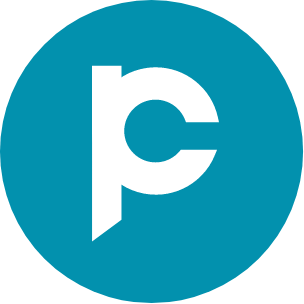An ultimate guide to sales pipeline
Let us demystify sales pipeline management for you. We will answer what is the sales pipeline, how to build a solid sales pipeline, and how to manage its health and much more.
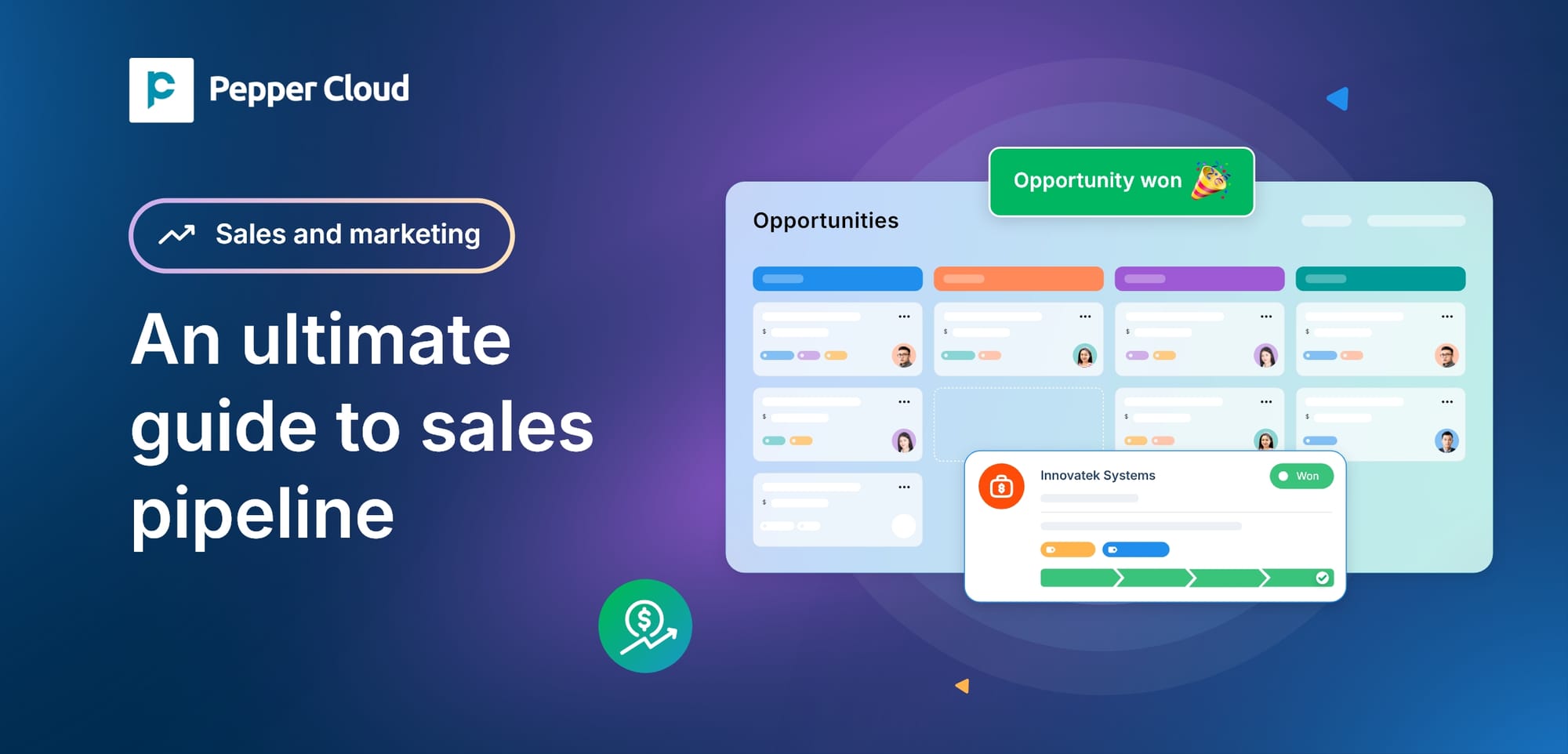
When considering sales, the focus often shifts to its official closure. Yet, grasping the intricacies of selling entails delving into the entire process from start to finish. How does a prospect progress through each phase of the sales cycle before making a purchase? That’s exactly where the concept of a sales pipeline comes into the picture.
The sales pipeline is a great alternative to instantly visualise your customer data and opportunities. But before we walk you through how to build a sales pipeline for your business, here is a glimpse of what we will discuss in this article today.
- What is a sales pipeline?
- What is the difference between sales pipeline and sales funnel?
- 5 stages of sales pipeline
- Personalising your sales pipeline
- What are the benefits of a sales pipeline?
- Tool to build an effective sales pipeline
- How to build a strong sales pipeline?
- How to maintain your sales pipeline?
What is a sales pipeline?
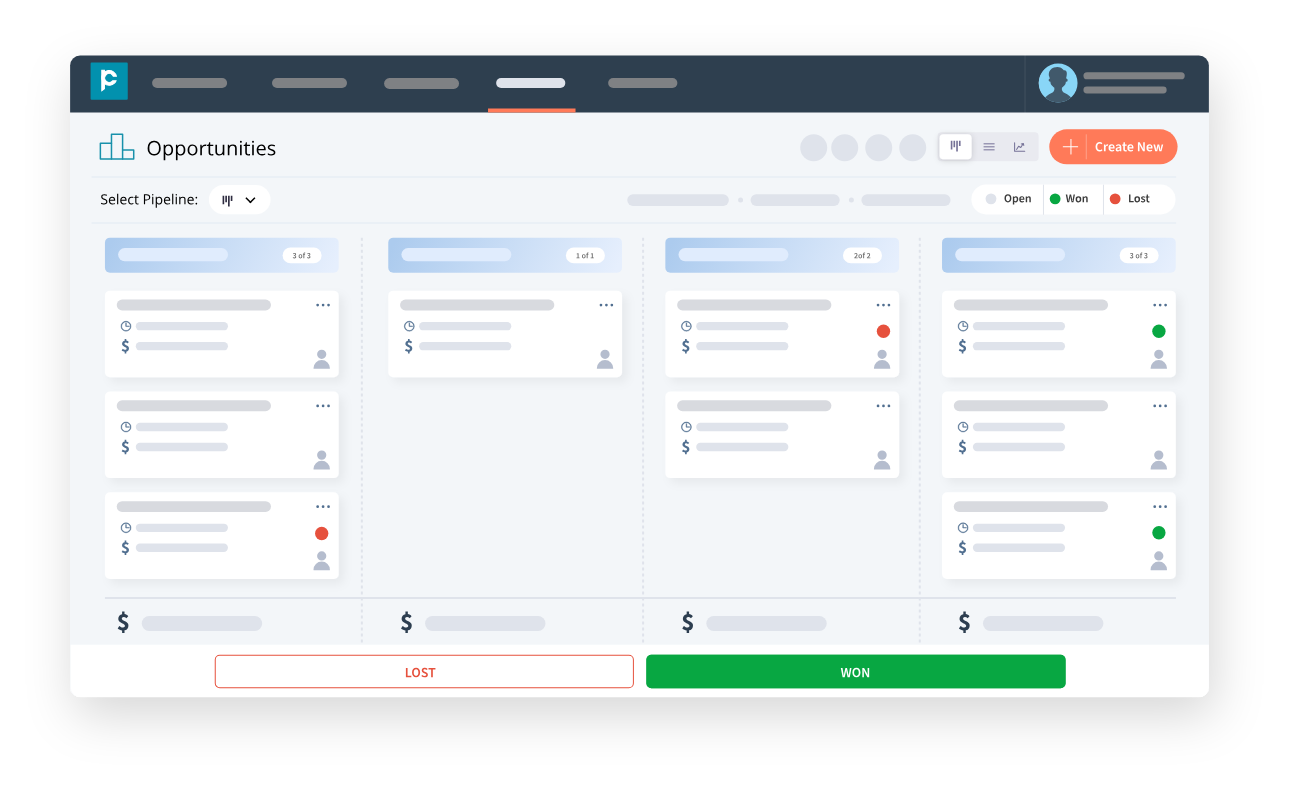
A sales pipeline is an organised and visual representation of each stage of the sales process through which a prospect progresses. It indicates how many customers are there at each stage of a sale at any given point in time. And thereby, it gives an idea of your potential revenue, bottlenecks in the sales funnel, and the forecasting of your sales.
But what are the stages it includes? How does a business define its sales stages? We will answer them for you. But before we get into the nitty-gritty, let us understand the difference between a sales pipeline and a sales funnel.
What is the difference between sales pipeline and sales funnel?
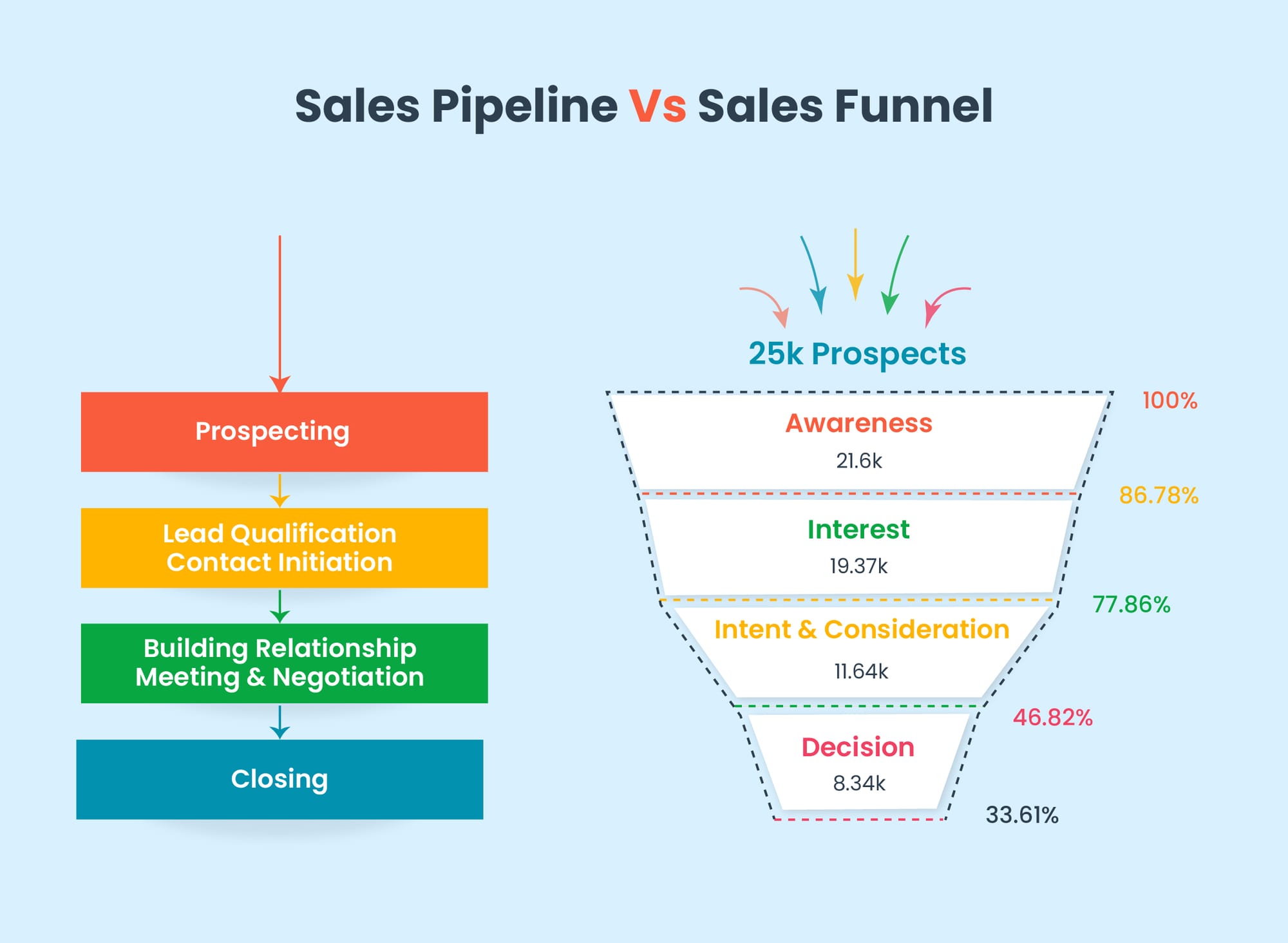
In sales, often terminologies such as sales pipeline and sales funnel are used interchangeably. But do they mean the same thing? Not really.
A sales pipeline, as described above, is a specific sequence of stages through which the sales rep moves the prospect from start to close.
Whereas, a sales funnel comprises the stages in the buying process that the leads go through to become customers eventually. The sales funnel gets its name from its shape, which is broad at the top and narrow at the bottom. The number of users at each stage of the sales funnel defines the width of the funnel as it narrows down.
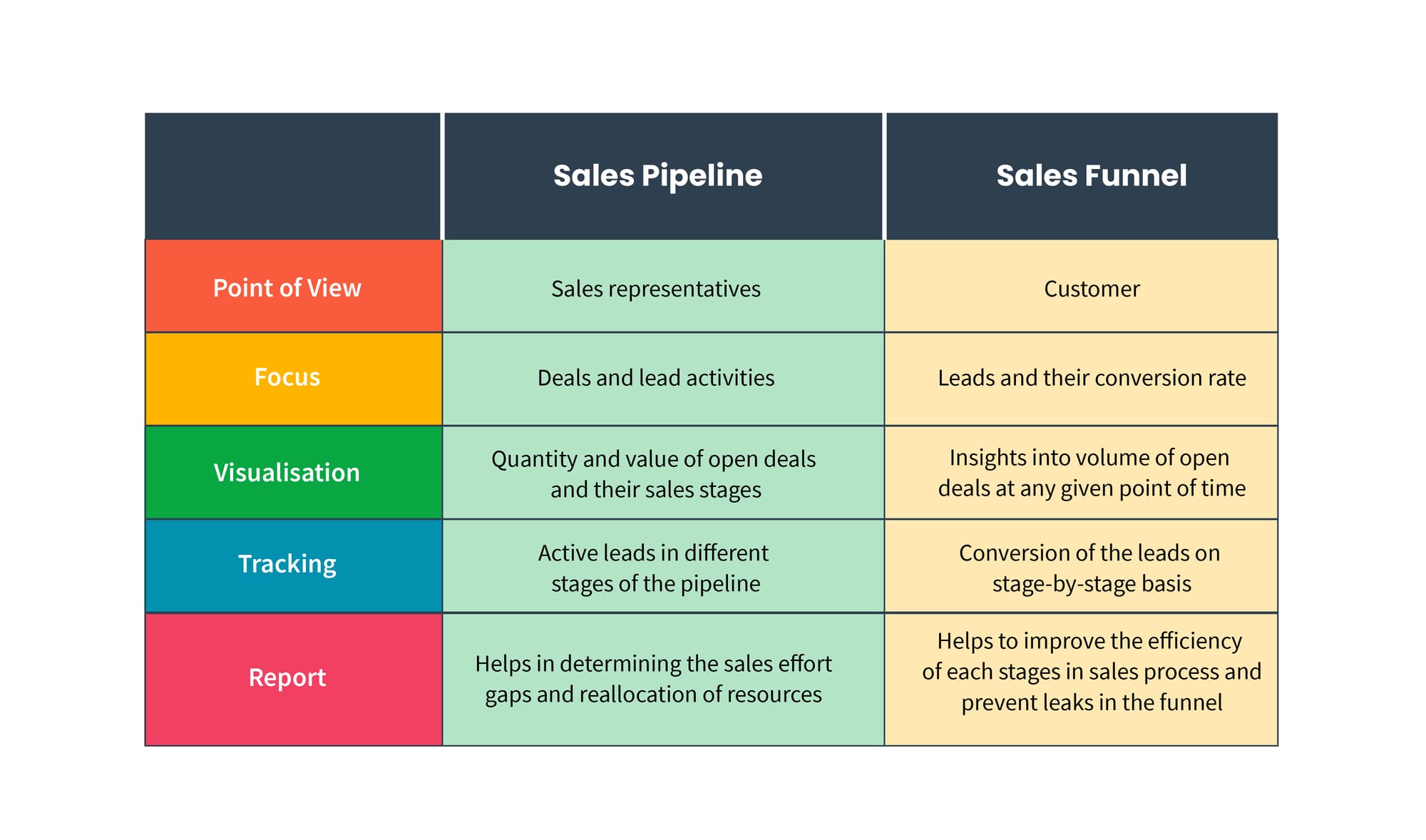
5 stages of sales pipeline
No two businesses are exactly alike. Some businesses may opt for a minimal number of sales pipeline stages, whereas others may opt for as many as possible. These depend on various factors, such as the industry you are operating in, how the leads are contacted, the type of product or service you are offering, etc. However, for a business that follows a typical sales process, here is what sales pipeline stages look like:
1. Prospecting or lead generation
The initial phase focuses on engaging potential customers intrigued by your product. It involves capturing leads from diverse channels, including both paid and organic campaigns. This includes social media campaigns, downloadable content, ads, public relations, and other sales activities.
Typically, through prospecting, you try to reach the customers who meet the persona of your ideal prospects.
2. Lead qualification
Which business would like to have prospects who can’t or won’t buy the product? Let us answer it for you. None.
The lead qualification stage of the sales process helps you to segregate hot leads and cold leads by matching them with your ideal customer profile. It helps you qualify the lead to the next stage.
We understand that the process of qualifying is not easy. If you are thinking about how to qualify leads appropriately, here is the answer for you: through the BANT framework.
- Budget (B): Is your prospect able and willing to spend?
- Authority (A): Is your prospect a decision-maker? or are they supposed to consult someone else for the same?
- Need (N): Does your prospect have a problem that your product or service can solve?
- Timeline (T): Is your prospect ready to buy now? Do they have an urgency?
If your prospects qualify all these questions with a big yes, you know the prospect is a hot lead. If there are objections from the prospect and they are solvable, discuss them with the prospect and convert them into a hot lead. But if there are two or more negative responses and the objections are not solvable, move the prospect to the cold lead list.
With prospects who are in this stage, you can create awareness about your business by sharing e-books, white papers, webinars, or any other type of lead magnet resource.
3. Contact initiation
Once the lead is qualified, it can be moved to the next stage, and you can make the first contact with the prospect. The modes of contact might be different, such as phone call, sms, chat, email, social media, etc. This stage is intended to map your business services to the needs of your prospects.
4. Build relationships
According to a study, businesses lose approximately 50% of their customers after a bad customer experience or after they have failed to nurture customer relationships.
Building relationships is a very important part of business success. A simple follow-up with the lead can foster trust. Sharing resources such as blogs, help articles, or addressing and responding to the objections of the leads are effective ways to build credibility.
This sales process can be extended to more stages, such as the meeting stage, demo stage, etc., considering the touchpoints of your business.
5. Closing
The last stage of the sales pipeline is closing. In this stage, you will determine and mark the deal as either "won" or "lost".
If your prospect says "yes" outright, you can happily move the deal to "won". If the prospect is hesitant or ghosts you, you can move the deal to either lost or to the list of cold leads, which you can nurture eventually.
While the above are the stages of the sales pipeline, some companies may even opt for multiple pipelines based on their business segments.
Learn how to build a sales pipeline in this blog:
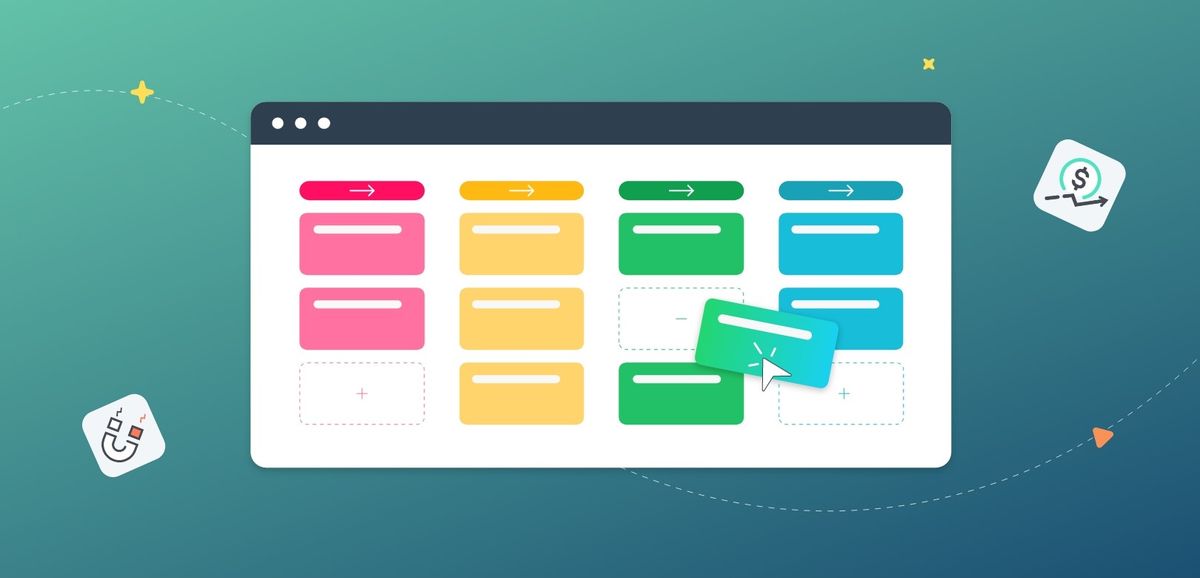
Creating and managing a sales pipeline
Personalising your sales pipeline
Every organisation should create its own sales process that mimics the nature of the activities that they perform. For example, for a firm engaged in interior design, the steps could be:
- Enquiry: In this stage, prospects may get in touch with you through multiple channels, and this marks the beginning of your sales process.
- Meeting: In this stage, you meet the client and understand their requirements. You get an idea about their budget, preferences, time frame, etc.
- Planning: In this stage, you create a space plan using design boards and a list of materials.
- Quotation: In this stage, you prepare quotes with price breakdowns, timelines, etc.
- Won/Lost: This is the stage where you will get the outcome of your hard work. Congratulations will pour in, or you may end up analysing what went wrong.
Having a customised sales pipeline for your business sounds good, but how to know if it is time to move a prospect from one stage to another?
Here is your answer:
- Define each stage of your sales pipeline and make a checklist of associated activities.
- Break broader stages into smaller stages. For example, the building relationship stage can be divided into sharing proposals, scheduling meetings or demos, and negotiating prices. These small steps make it easy to identify where the prospect belongs.
- Contrarily, if your pipeline is stuffed with too many stages, consolidate the stages and make it simpler for your sales team.
What are the benefits of a sales pipeline?
A sales pipeline provides a clear picture of the quality and quantity of your sales prospects. However, it has multiple other benefits, some of which are:
Sales forecasting
Not all the prospects who enter the sales pipeline generate revenue. With an average percentage by closings of your sales team, the sales forecast can help you anticipate revenue and cash flow.
Measure team performance
It provides deeper insights about how effectively your team is performing and helps you analyse the resource gap if any.
Sales cycle analysis
A few businesses may close the deals in a few weeks while others may take months. The sales pipeline helps you to analyse and understand the average sales cycle length and, hence, helps in determining the steps to reduce the sales cycle length.
Determine the bottlenecks
The closing of some deals might get delayed due to some unforeseen circumstances. The sales pipeline helps you to determine those bottlenecks in the sales process and help you to determine precautionary measures and avoid such hindrances.
Tool to build an effective sales pipeline
A sales pipeline can be planned and set up in spreadsheets with simple, readily available templates. We can add the columns for contact details, deal value, sales stage, and projected closure date. But we all know it is not scalable.
This is where businesses need to implement a sales CRM, that can be rolled out across the whole organisation, providing a unified view of all sales opportunities being tracked. Each salesperson is responsible for his pipeline, which can be aggregated across divisions or territories to provide a complete picture.
CRM tool that makes it all happen
Pepper Cloud CRM, an effective sales pipeline management tool allows you to create multiple sales pipelines, with custom sales stages for each pipeline and custom fields for each stage. It allows real-time updating of sales opportunities, the creation of events, assigning of tasks, instant alerts, and much more. Apart from that, you can also use the CRM Extension tool to capture leads. The simple and easy-to-use interface of Pepper Cloud CRM helps your sales team sell in the right way at the right time to high-intent leads.
How to build a strong sales pipeline?
Please remember, no one knows your business better than you. Sales pipeline strategies should be tailored to your organisation's unique value proposition. It is important that there is buy-in from your sales team.
To start building your sales pipeline, follow these steps:
Step1: Define stages of your pipeline
Although it is easy to copy a pipeline template and implement it for your business, it is worthwhile to spend time and effort on building a customised sales pipeline for your business. Map a typical customer journey in your business and customise the stages accordingly.
Its stages often belong to three broad categories:
- Awareness: Creating awareness about your business among the prospects.
- Consideration: The buyers realise their pain points and actively consider the usage of your product or service in solving their business problems.
- Decision: The buyer/user is ready to make a decision. However, they are considering alternatives.
Every stage should be assigned a probability percentage. An opportunity in the initiation stage is very different from an opportunity in the decision stage. Because the winning probability in the beginning stages is low, whereas the winning probability in the end stage is high.
Step2: Define sales cycle length
Is your team closing the deals quickly? Or slowly?
The speed at which the deals are getting closed defines the sales cycle length. Sales cycle length depends on various factors such as the complexity of your product, deal size, customisation, etc.
Defining average sales turnover time should be clearly defined and tracked religiously. It should be revisited at regular intervals. Exceptions should be highlighted and action taken.
Step3: Decide the ideal pipeline size
How many opportunities does your sales team pursue? Are they enough to achieve your revenue goal? Question yourself!
Know the closing probability of your sales team and work backwards to determine the numbers.
For instance,
If the revenue target is $ 2,000,000/year, the average deal value is $1000 and the winning probability is 10%,
No of deals to be won per year = 2000 deals/year
No of deals to be won per week = 167 deals/week
However, the sales team needs to have 1670 deals in the prospect stage every week (considering a 10% winning probability).
Create customised sales pipeline
How to maintain your sales pipeline?

Congratulations! Now you can set up your sales pipeline on your own. However, it is also critical to maintain its health.
- Declutter your sales pipeline
Did you know, about 20% of your leads provide about 80% of your revenue?
To reach that 20%, you need to quickly run through the entire sales pipeline and clean it by taking off the prospects who had been clogging the pipeline.
You can qualify the prospects as “clogging” when they are in the pipeline for longer than the typical sales cycle.
- Monitor your sales pipeline regularly
Businesses need to monitor time spent by an opportunity at different sales stages. A sales opportunity that exceeds the average time in each sales stage needs special attention. Furthermore, if a sales organisation can tighten the sales process and reduce time spent in each sales stage, they can close deals faster.
- Update your sales stages
You have a sales pipeline for your business. You keep adding your contacts and leads to the CRM. but it's equally important that sales opportunities are monitored closely and stages updated based on a checklist for each sales stage.
- Never let the pipeline go dry
The inflow of opportunities is as important as an outflow. A sign of a healthy sales pipeline is that deals are distributed evenly in all the sales stages. A pipeline with skewed distribution is a sure-shot sign of impending trouble.
Building and mastering an effective sales pipeline requires time, effort, and discipline. Sales teams that nurture it regularly exceed their targets by a wide margin.
Manage sales pipeline in CRM
Pepper Cloud CRM provides an extensive sales pipeline functionality where you can create multiple pipelines, assign probabilities to each stage, generate sales forecasting, get reminders for rotting opportunities, and much more.
If you wish to explore the above, contact us today for a free demo!
